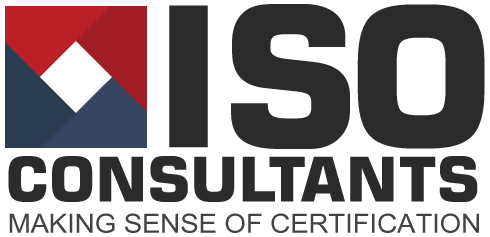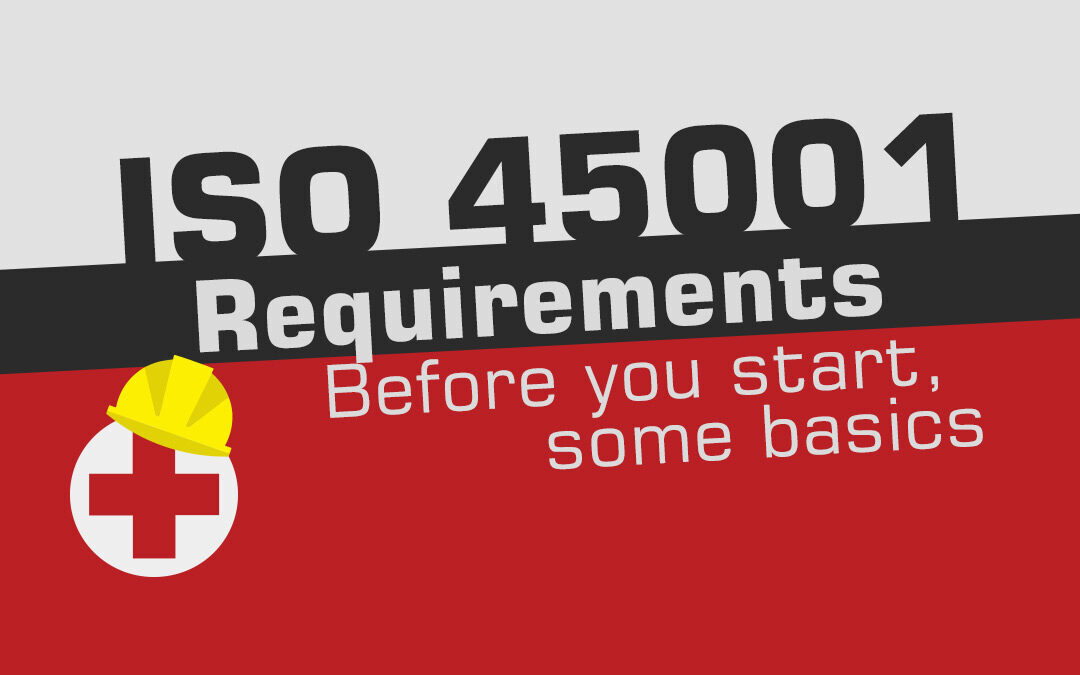ISO 45001 requirements. If you are here to find a list, some useful words, and fixed prices, you may be disappointed. However, if you want to share my “long view” of ISO 45001 requirements, then read on. I’ve been in this industry a while now. It’s my conviction that companies seek ISO 45001 certification with a “tick off the points and create a file” attitude with makes the standard a superfluous “bolt-on” to a business. It benefits no-one, apart from irresponsible consultants.
What would be my “broad-brush” ISO 45001 requirements? They may surprise you.

Forget The Stereotypes
Health and Safety really does need a image makeover. If it was a physical product, it would be time now to change the label, packaging, and even contents. Typically, the OCD-afflicted safety officer, a solitary voice of doom, is a soft target for ridicule. Therefore, before you even start considering the work involved in attaining ISO 45001 certification, it’s time for a shift in attitude. Save your humour for another target. Breaches of law in this area can get your enterprise into deep trouble. It’s time to take this seriously.
“Protect Us From The Directors”
What “deep trouble”? I’ll stress this once more. Directors are actually being jailed for not protecting their employees. Corporate responsibility grows year on year. The penalties for neglect get harder. Surely, apart from anything else, Health and Safety should at least be seen as methodology for keeping directors out of jail? Hopefully, ISO 45001 can not only restore a damaged image, but also wake senior managers up to their responsibilities.
System Equals Reality, Equals Application.
Now that I have your attention, let’s make one thing very clear. Theory-based rules are not the heart and soul of an ISO standard such as ISO 45001. It is a management system. It’s purpose is to “systematise ” controls, converting theory into the everyday practice. This transforms the abstract to the actual. It’s about real business life, not lip-service to slogans.
Lessons from History (ISO 9001)
Compare this with the vague notion of “Quality” in manufacturing businesses. This was turned into something practical and workable by ISO 9001. When ISO 9001 was correctly applied, the “let’s test things just for the sake of it” attitude disappeared. In the best situations, it was replaced by a company-wide “we do things well here” mentality. Even better, it went beyond slogans on posters, and it actually resulted in contented customers (and shareholders) . Hopefully, ISO 45001 can have the same effect for health and safety. Will health and safety become “the way we work to avoid hurting people”, rather than just another set of rules and theories? I hope so.

Culture is Better Than Paper
Maybe I’m reiterating the same point. This is because I’ve seen too many bad applications of health and safety procedure. Good practices and safe working need to be part of business DNA. Therefore, if you see ISO 45001 as merely a lever-arch file of documents and a certificate on a boardroom wall, it’s certainly time to think again about the true ISO 45001 requirements.
A example: insisting that a reluctant sub-contractor writes a risk assessment is not “good Health and Safety”. It may produce a document, but it won’t produce a mind-set. When a practical system of health and safety creates a safe culture, then the risk assessment goes beyond paper. Risk-based thinking has become a natural part of the culture.
Next?
With a sound understanding of how not to approach the whole issue, perhaps it’s time to consider how to move forward. You may have guessed tell that we are passionate about practical application of ISO 45001. If you share our passion about foundational ISO 45001 requirements, or even if you need some impartial help, we’re here to talk.


